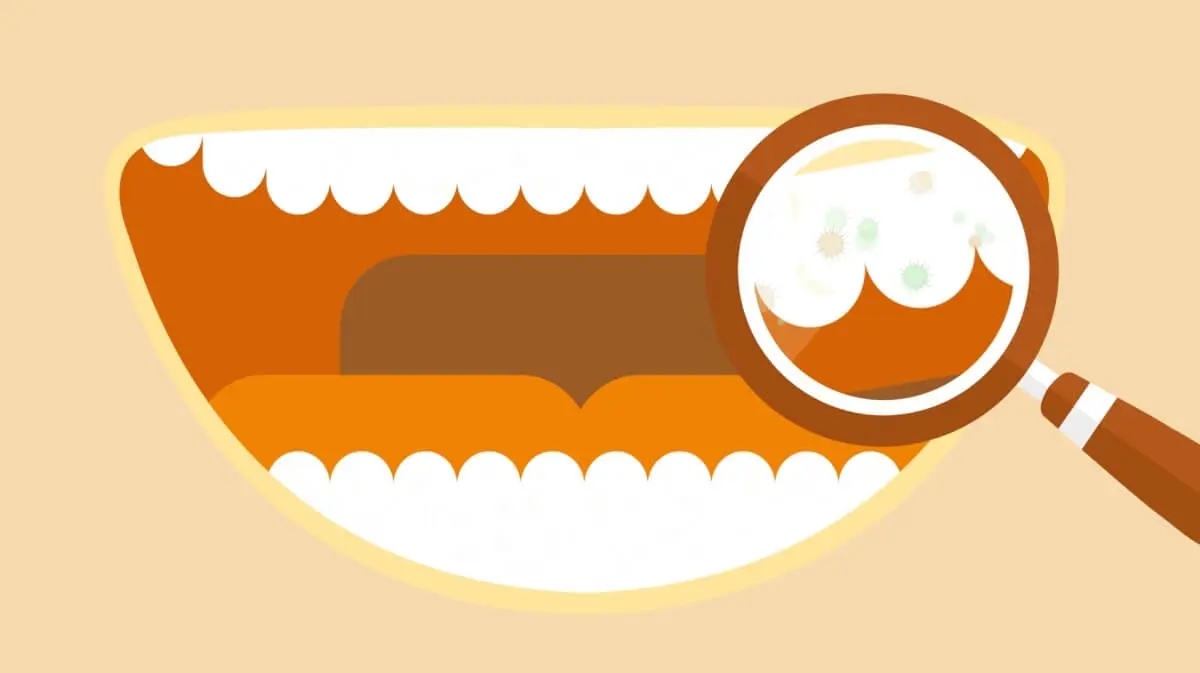What is Dental Plaque on your Teeth?
Just 20 minutes after we eat, food particles, bacteria, sugars, acids, and saliva combine to create a soft, sticky film on the teeth. This is a plaque. Plaque contains millions of bacteria, which, if allowed to thrive without check, cause tooth decay and gum disease.
The bacteria in plaque use the sugars in your food, especially sugary and starchy food, to produce acids that eat away at the tooth enamel. When plaque hardens on teeth, it turns into tartar, which is tougher to remove. Tartar, in turn, affects the gums and leads to much more serious dental problems.
Dental plaque formation can happen all over the mouth, but it tends to accumulate in and around the molars' deep crevices. Though it is mostly colourless, dental plaque can give the teeth a yellowish tinge.
Primary causes of Plaque
Plaque formation on the teeth is inevitable. This is because the bacteria that live in the mouth use any and all the food we eat to grow and thrive. Although sugary and starchy foods are especially favoured by the bacteria, they extract what they need from other food as well.
Over time, these bacteria produce acids, which, over a period of time, destroy tooth enamel. They also cause holes in the teeth, or cavities, which are the first signs of tooth decay. Plaque can also develop under the gum, causing the bone supporting the tooth to break down.
So if you allow what you eat and drink to remain on the teeth, it will cause plaque.
Dental Plaque Formation
Plaque forms as a result of countless combinations of foods, individual acid and moisture levels in a person's mouth, and internal and exterior bacteria from any number of sources. Plaque is most often found in the molars at the back, any ridges or grooves caused by dental work, and the areas where it is difficult for brushes to reach.
It is difficult to see a plaque with the naked eye until it causes some amount of decay. You can feel something sticky on your teeth though, which remains there long after eating. This is a plaque. However, regular and good dental care will help you avoid dental plaque formation.
It is important to get rid of plaque to keep the teeth healthy. Plaque is the first step towards many, more serious dental issue. Once it hardens into tartar, the plaque is much more difficult to remove. Eliminating it while still soft enough to brush and floss out will save you a lot of trouble and pain.
Dental Plaque Treatment
Even after all the progress and innovations when it comes to dental health, the best way to remove plaque from your teeth is still be maintaining good oral hygiene. Follow these tips to keep plaque off the teeth and dental issue at bay:
How to remove plaque from your teeth in 5 ways
Brush your teeth twice a day, using a soft-bristled toothbrush and fluoride toothpaste. This will help remove plaque from tooth surfaces and the gums and protect your teeth from decay.
Floss your teeth every day, especially before bedtime, to ensure that no food particles are left lodged between the teeth, as this will provide food for the bacteria to grow. Flossing removes food particles from places where brushes cannot, so this is an essential step.
Rinse your mouth with a good mouthwash. The swishing action will penetrate deep into tooth crevices, and clean out any residual food. An anti-bacterial mouthwash will also kill the harmful bacteria on the teeth, leaving you with a clean and healthy mouth.
Eat a balanced diet, and limit the number of between-meal snacks. Snacks provide extra sugar and starch for bacteria, so if you need one, choose nutritious foods such as plain yoghurt, cheese, fruit, or raw vegetables.
Get a professional dental cleaning every six months, and a dental exam every year. Cleaning will remove all traces of plaque and tartar from the mouth, and prevent serious dental issues.
